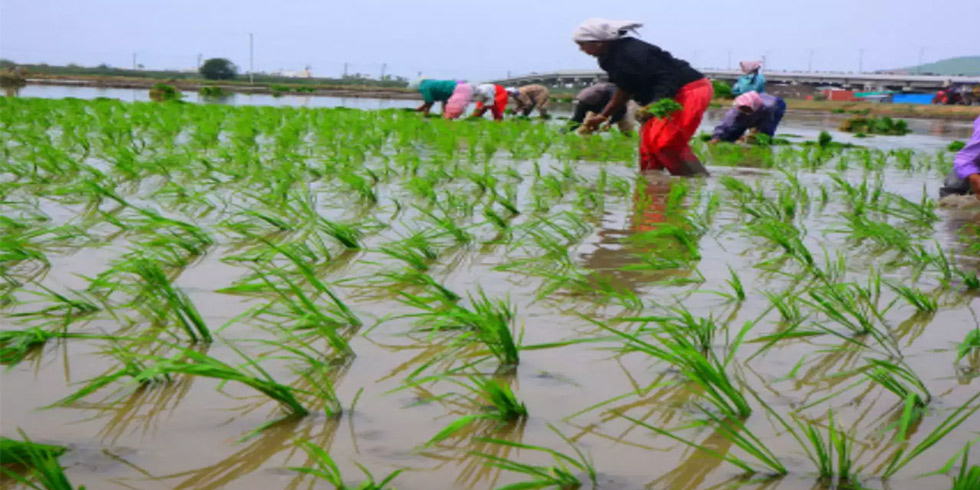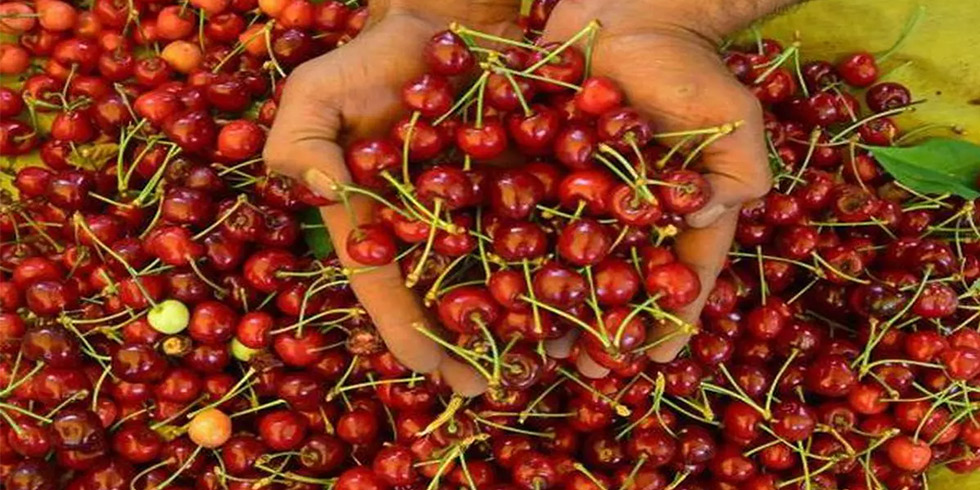The Indian food industry is developing with a higher rate, expanding its commitment to the world food exchange consistently. In India, the food area has arisen as a high-development and high-benefit area because of its gigantic potential for esteem expansion, especially inside the food handling industry.
Food is a fundamental need and necessity of everybody no doubt; subsequently the requests are continuously going to be high. There are many large organizations currently effectively engaged with the food handling industry and the public authority is assuming an essential part in advancing it. Many variables are forming and influencing the development of such ventures. Financial backers are more drawn to the food handling industry, anticipating its high potential and more extensive client base.
The Indian food handling industry is right now one of the biggest in the country regarding development, creation, utilization and commodities.
The business delivers and makes a few food items, for example, organic products, vegetables, flavours, endlessly milk items, cocktails, ranches grains meat, poultry, fisheries. It likewise makes cocoa items and chocolates, ice cream parlour, mineral water, soya-based things and high-protein food varieties. Unfamiliar Direct Venture (FDI) in India was assessed at Rs. 2,934.1 crore (US$368.8 million) in FY21.
India's food handling area is a rising section that has acquired conspicuousness lately. Major handled food items traded from India incorporate handled leafy foods, beats, guar gum, groundnuts, processed items, oats arrangements, oil feasts and cocktails. India made history in agribusiness and handled food trades by sending out items worth US$25.6 billion in FY22.
Commodity of APEDA items remained at US$7.4 billion as of April-June 2022, up 31% contrasted and US$.7 billion over a similar period last financial, as indicated by the Directorate General of Business Insight and Measurements. Moreover, commodities of handled leafy foods developed by 59.1%; grains and various handled things developed by 37.66%; meat, dairy and poultry items became by 9.5%; basmati rice became by 25.5%; non-basmati rice became by 5%; and incidental items became by half.
The food area is presently going through a change in India. The Rural and Handled Food Items Product Improvement Authority (APEDA) estimates that the area will develop at an accumulated yearly development rate (CAGR) of 3% somewhere in the range of 2022 and 2030.








Add Comment